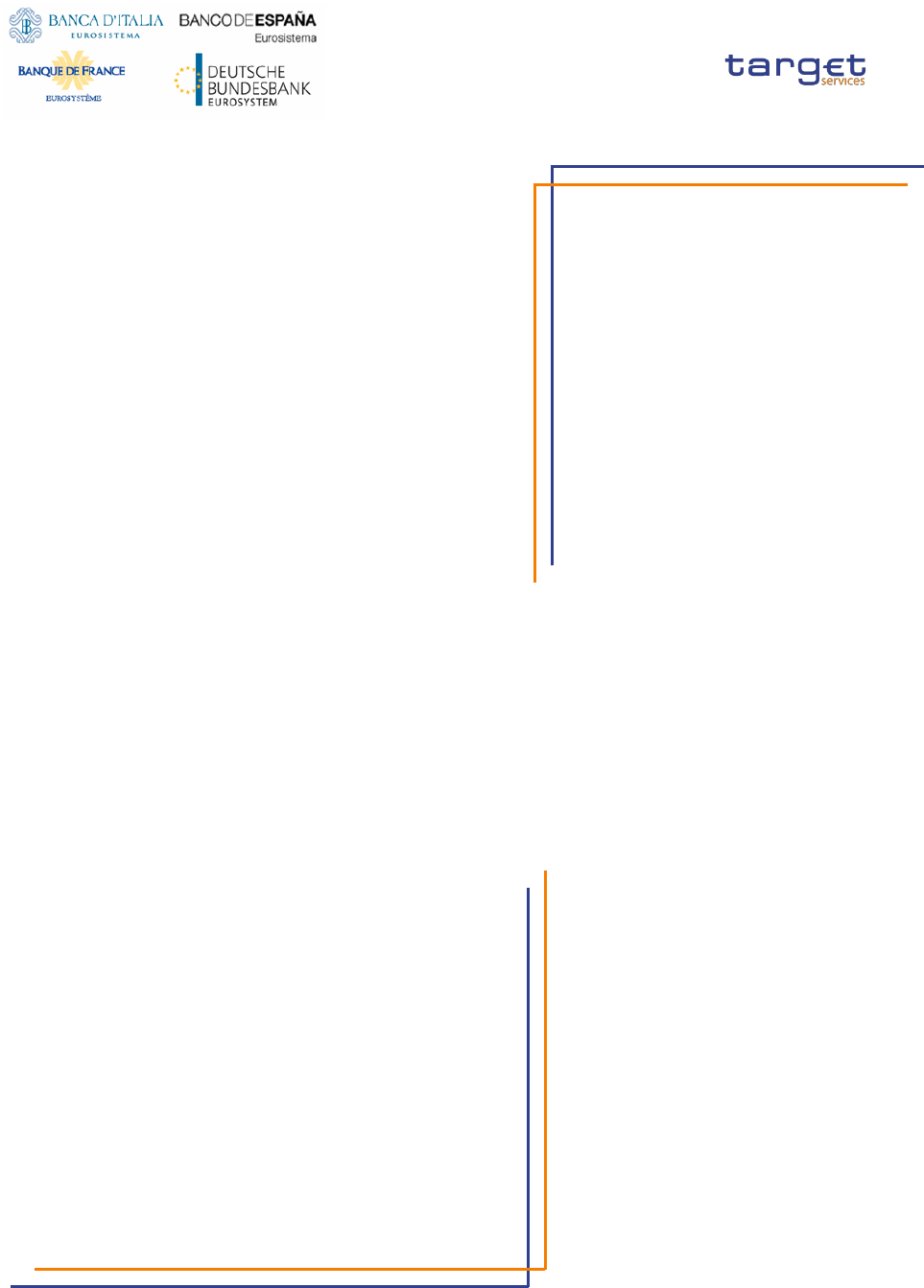
ESMIG U2A
Qualified Configurations
V1.2
Author
Version
1.2
Date
26/07/2021
Status
Final
Classification
Unclassified
Accessible
Classified until
All rights reserved.
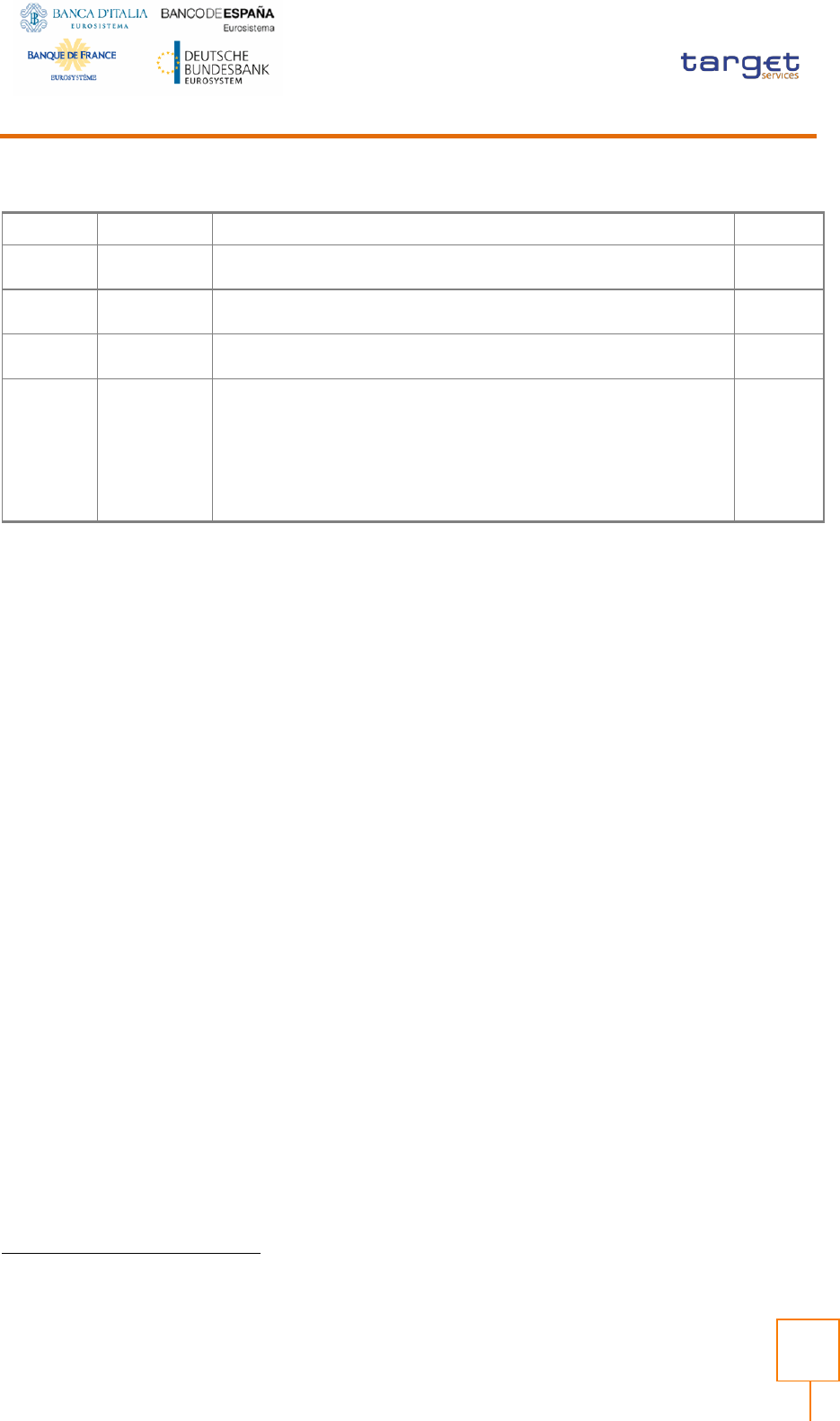
ESMIG U2A Qualified
Configurations
2
History of releases
RELEASE
DATE
ISSUES
STATUS
1
1.0
01/03/2021
First version. Applicable for TIPS
Draft
1.0.1
06/04/2021
Second version, clarifications on support for terminal servers
Draft
1.1
05/05/2021
Third version. Extension to CLM and RTGS GUIs
Final
1.2
26/07/2021
Added terminal server support for Ascertia client. Extension to
ECMS. Ascertia client URLs changed. Minor clarifications on U2A
configurations. Added section in the annex concerning the GSD
multi-user solution
Final
1
Status value : Draft, Open, Final, Dismiss

ESMIG U2A Qualified
Configurations
3
Table of content
1 INTRODUCTION 4
1.1. PURPOSE AND OBJECTIVES ............................................................................................. 4
BACKGROUND REMARKS ................................................................................................................................ 4
QUALIFIED CONFIGURATIONS .......................................................................................................................... 4
1.2. TECHNICAL REQUIREMENTS AND RECOMMENDATIONS .......................................................... 5
DOWNLOAD MECHANISM................................................................................................................................ 5
GO>SIGN DESKTOP CLIENT REQUIREMENTS ....................................................................................................... 6
OTHER TECHNICAL REQUIREMENTS ................................................................................................................... 7
1.3. RUNNING THE APPLICATION GO-SIGN-DESKTOP ............................................................... 8
VERIFYING GO>SIGN APPLICATION RUNNING ...................................................................................................... 9
1.4. TROUBLESHOOTING INFORMATION -............................................................................... 10
LOGGING INFORMATION .............................................................................................................................. 10
CHANGING LOGGING LEVEL ........................................................................................................................... 10
2 ANNEX Errore. Il segnalibro non è definito.
2.1 GOSIGN DESKTOP (GSD) CLIENT – TERMINAL SERVER INSTALLATION GUIDE ....................... 11
SETUP GSD SINGLE USER CLIENT ................................................................................................................... 11
COPY GSD EXECUTABLE INTO GSD CLIENT INSTALLATION PATH .............................................................................. 15
UPDATE LOG FOLDER PATH .......................................................................................................................... 16
CONFIGURE GO-SIGN-DESKTOP AS WINDOWS SERVICE ......................................................................................... 16
PUBLISH APPLICATIONS GSD.EXE AND CHROME IN CITRIX FARM ............................................................................. 19
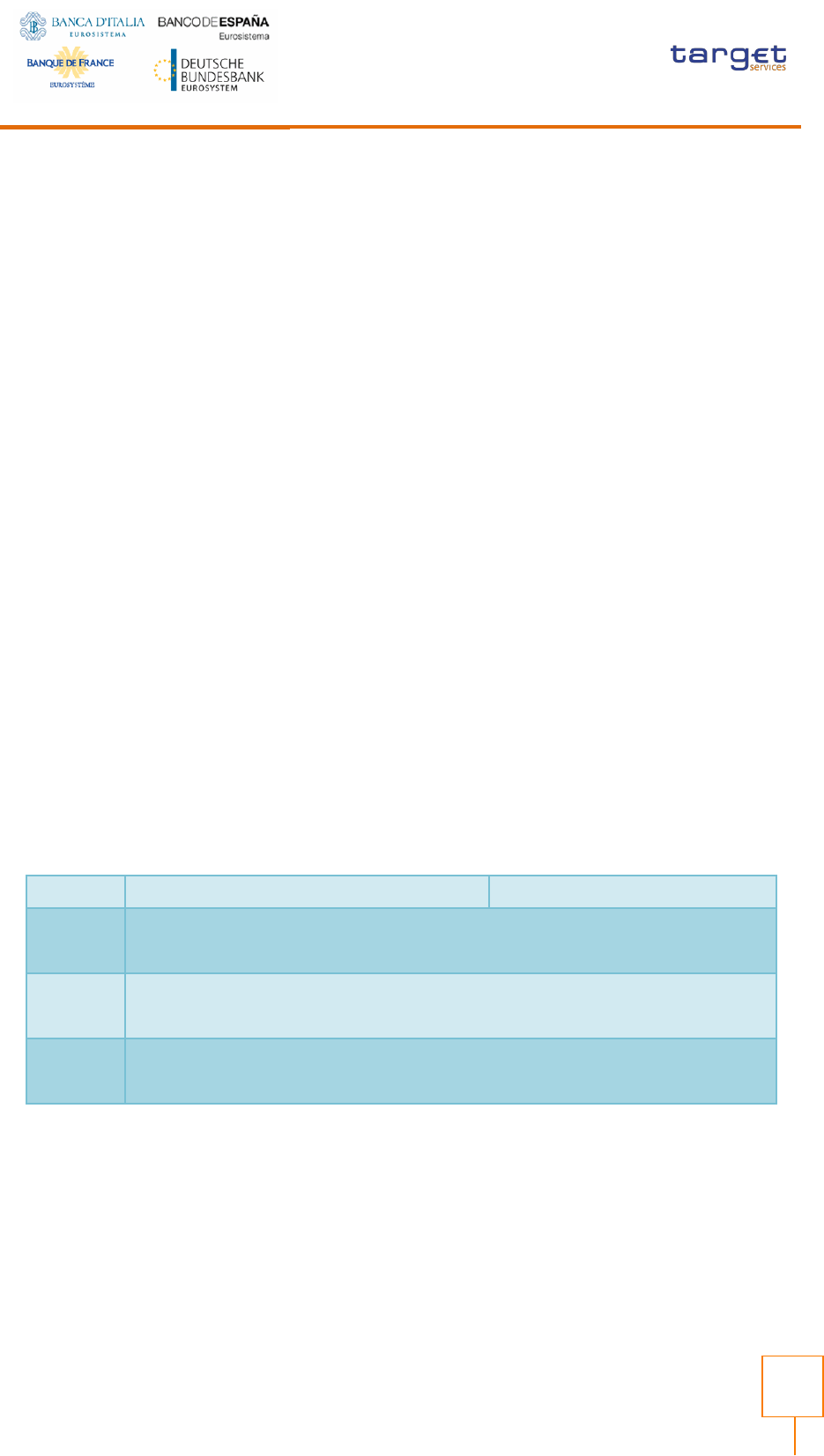
ESMIG U2A Qualified
Configurations
4
1 INTRODUCTION
1.1. Purpose and Objectives
This document describes the general configuration that ESMIG users shall be complaint with in order to
access TIPS, ECMS, RTGS, CLM and CRDM GUI via the ESMIG web portal. A specific section is devoted
to describe the technical framework needed to fully implement the non-repudiation of origin
functionality (NRO). This solution will be implemented in TIPS via the Change Request TIPS-0034-SYS,
when the applet technology will be decommissioned in favour of a browser’s java plugin independent
solution. In RTGS and CLM GUIs the same solution will be implemented according to the official plan.
Background remarks
The aim of the ESMIG qualified configurations is to provide ESMIG users with a specific configuration
that is proved to be fully working.
As already mentioned, the NRO solution, based on the Ascertia Go>Sign Desktop application, will be
the unique U2A NRO solution to be adopted for TARGET services, therefore only one version of the
Go>Sign Desktop client will be used and distributed across the different services.
Important also to hightlight that Go>Sign Desktop client applications are already in use in TARGET2 for
Internet Access and Contingency Network and 4CBs will guarantee that no different versions are needed
by the relevant services using the client, before the go-live of CSLD project.
Qualified configurations
As already mentioned, the 4CB has qualified a specific subset of the NSPs compatibility matrix. These
configurations have been extensively tested and support on them is guaranteed.
NSP
SWIFT
SIA-COLT
OS
Windows 10
Browser
Google Chrome 88.0+,
Firefox 78.0+
Go>Sign
Desktop
> 6.0.0.14
These cryptographic key stores, used to access the signing keys, are supported:
• PKCS#11 for hardware-based tokens
The Ascertia solution based on the Go Sign Desktop client is currently not fully compatible with
Servers/Citrix Terminal Server solutions; this means, in details, that such solutions can be used by a
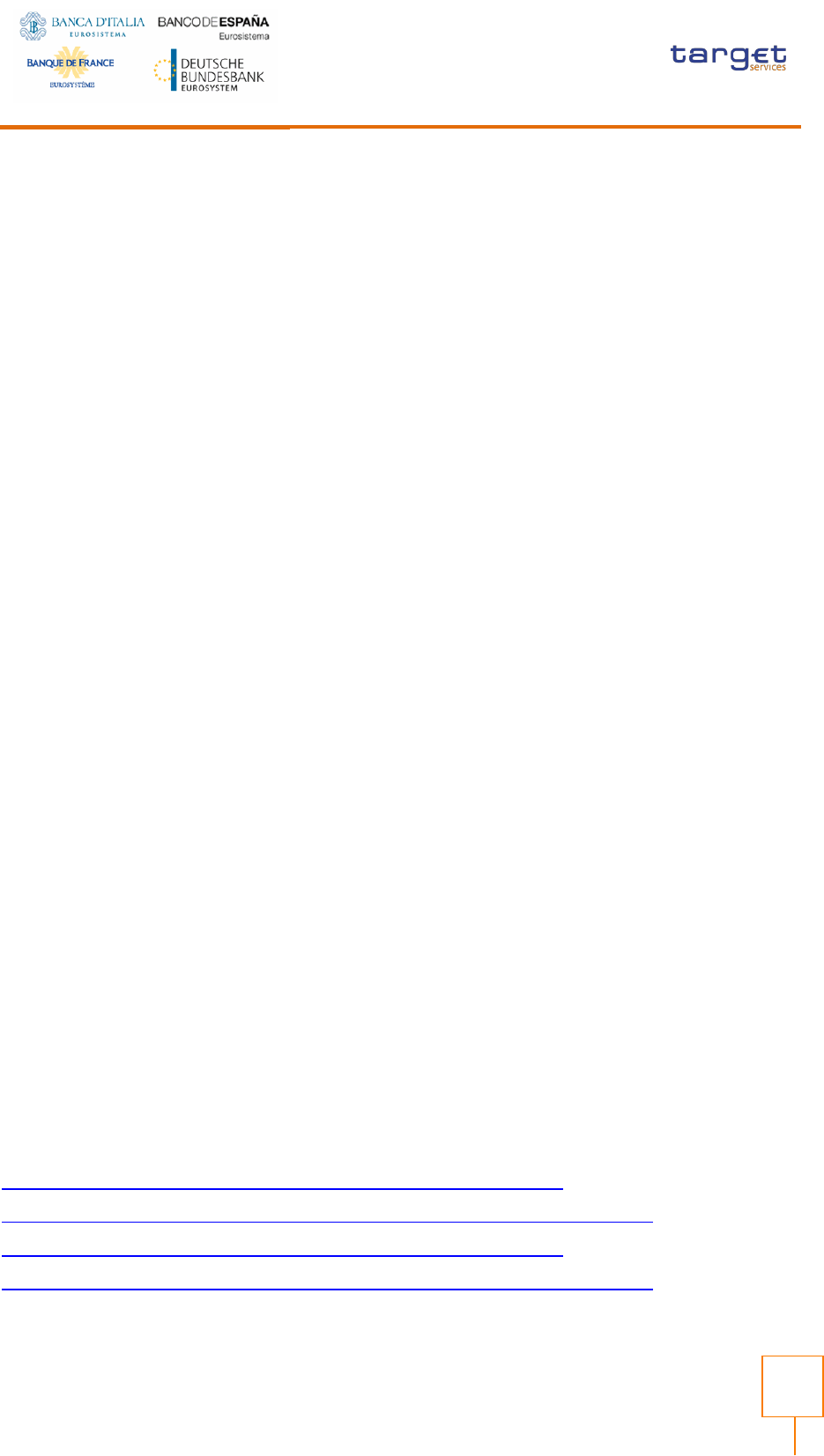
ESMIG U2A Qualified
Configurations
5
single user at a time only. In order to cope with such specificity, customers may want to
configure/provide smaller server instances to their operators, so that they can be used as single-user
workstations. The 4CB cannot provide detailed instructions on the configuration/deployment of such
scenario as it is highly dependent on the local infrastructural setup.
A new version of the client supporting multi user environment is being developed by Ascertia and it has
been made available to the external users for early installation first (see Annex). 4CB will be testing the
effectiveness of the changes on their Citrix terminal server infrastructure only, before sharing the final
multi-user client with the market.
The Citrix Virtual Desktop solution is, on the other hand, already fully supported by Ascertia, allowing
the implementation of a jump host to be used to connect to the relevant TARGET Service (i.e. not
directly from the operator workstations).
The 4CB will ask customers running a software version lower than that qualified to upgrade to a qualified
version in order to proceed with problem investigation.
The 4CB will investigate issues experienced by customers while running a software version higher than
that qualified: If the root cause is linked to the specific software version, then the 4CB will attempt to
find a workaround (which may involve customers downgrading their software to a qualified version).
The 4CB will evaluate whether a fix for the issue can be included in a future relevant TARGET Service
GUI release.
Customers using totally or partially different system components or versions than those mentioned are
then responsible to verify the full compatibility with the relevant TARGET Service GUI in the test
environments and the system. The 4CB will in any case, provide support to the maximum extent possible
for checking / testing alternative configurations in order to support troubleshooting process.
The local customer system set-up, i.e. adaption of the local firewall and security policies in order to
enable the client installation, HTTPS transfer communication, access to the certificates on the USB
tokens from the client machines (either physical or remote workstations) is under the sole responsibility
of the end users (that may also need to involve their internal IT Dept. as well as external providers, in
case of product specific issues).
1.2. Technical requirements and recommendations
Download mechanism
The client is available for download at the following URLs on the ESMIG portal:
EAC PORTAL
https://esmig-eac-portal.u2a.sianet.sia.eu/gosign/download/32bit_client
https://esmig-eac-portal.emip.swiftnet.sipn.swift.com/gosign/download/32bit_client
https://esmig-eac-portal.u2a.sianet.sia.eu/gosign/download/64bit_client
https://esmig-eac-portal.emip.swiftnet.sipn.swift.com/gosign/download/64bit_client
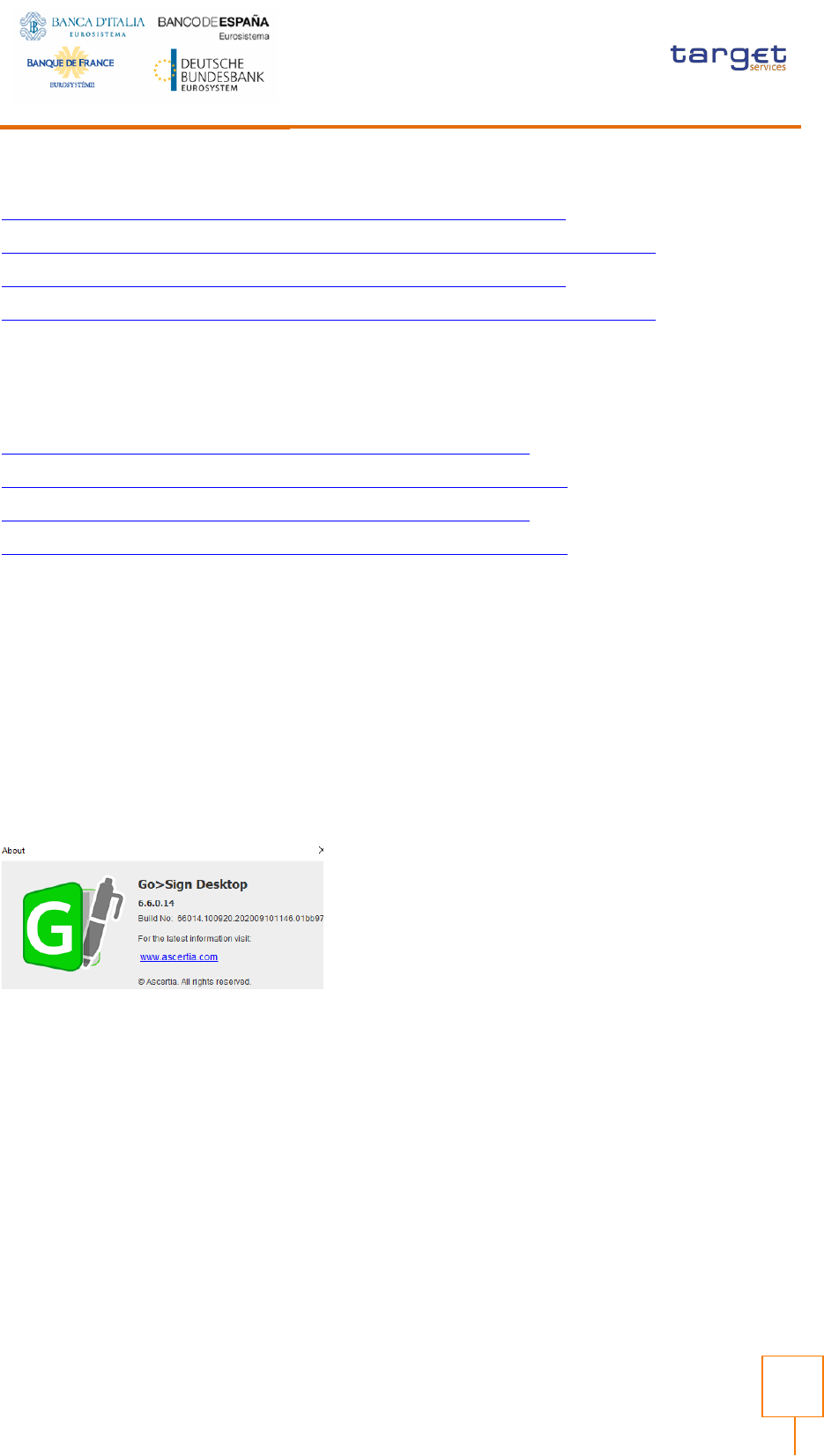
ESMIG U2A Qualified
Configurations
6
UTEST PORTAL
https://esmig-cert-portal.u2a.sianet.sia.eu/gosign/download/32bit_client
https://esmig-cert-portal.emip.swiftnet.sipn.swift.com/gosign/download/32bit_client
https://esmig-cert-portal.u2a.sianet.sia.eu/gosign/download/64bit_client
https://esmig-cert-portal.emip.swiftnet.sipn.swift.com/gosign/download/64bit_client
PROD PORTAL
https://esmig-portal.u2a.sianet.sia.eu/gosign/download/32bit_client
https://portal.emip.swiftnet.sipn.swift.com/gosign/download/32bit_client
https://esmig-portal.u2a.sianet.sia.eu/gosign/download/64bit_client
https://portal.emip.swiftnet.sipn.swift.com/gosign/download/64bit_client
The full installation guide provided by Ascertia is distributed separately and it can be used as reference
for specific needs (e.g. automated installations).
Downloading and installing the Go>Sign Desktop client is a mandatory step to sign U2A requests.
Installation requires administrative privileges; local IT support must be involved to make sure the
installation correctly ends.
Please make sure the correct version Go>Sign desktop is installed. To check this please right click on
the go sign icon and choose “about”. After that the following window appears:
Go>Sign Desktop Client Requirements
The client invocation on user side will be triggered by the web application (via Javascript) with the first
attempt to sign an instruction (and each time the user needs to sign one) and is transparent to users.
ADSS Go>Sign Desktop relies on TLS communication only with the web application (port 8782). This
communication is secured using a TLS server certificate having hostname:
client.go-sign-desktop.com.

ESMIG U2A Qualified
Configurations
7
Therefore, the local client machine must be able to resolve this FQDN (Fully Qualified Domain Name
complete domain name for a specific computer, or host, on the internet) to itself.
In order to achieve this, the standard procedure foresees that the Go>Sign Desktop Installer
automatically adds the entry :
127.0.0.1 client.go-signdesktop.com
in the Operating System host file to register the client.go-sign-desktop.com as a local domain (Windows
OS: C:\Windows\System32\Drivers\etc\hosts).
This will add the FQDN client.go-sign-desktop.com to resolve to IP address 127.0.0.1.
The default value client.go-sign-desktop.com must not be changed.
The TLS server certificate will be self-signed and different for each workstation where the client will be
installed. Once loaded into Windows OS, it is expected to be found in the Root CA keyring (i.e. and not
in the personal certificate keyring).
The end users have to ensure that the security settings of their institutions, i.e. firewalls, allow for
installation of the applet/desktop client as well as for code signing certificate revocation check, if not
generally disabled. By default, User Account Control Settings (UAC) are enabled in windows. ADSS
Go>Sign Desktop needs user permissions to make changes on the installing device. Windows always
prompt a dialog to get the user permissions if user granted the permissions then ADSS Go>Sign Desktop
would be installed on the device.
Other technical requirements
Here following a list of items to be checked before starting the test sessions or in case of exceptions
that may block the testing. Internal IT support may be needed to perform these checks because security
restrictions may be in place preventing the end users to complete them autonomously.
As a general remark, please make sure that the configurations listed in the relevant NSPs
documentation are applied (as a not exhaustive example, the mandatory changes on the pac
file). For further details please refer to the “SWIFT’s Solution for ESMIG U2A Setup Guide Step-
by-Step” document and the ” SIAnet.XS Connectivity Services for ESMIG U2A User Guide”
In case of certificate exceptions in the browser during first interaction with new Ascertia
infrastructure: add DSS host certificates in browsers keyring (e.g Chrome and Firefox). Host
names following for information:
SIA TST esmig-tst-dss.u2a.sianet.sia.eu
SIA CRT esmig-cert-dss.u2a.sianet.sia.eu

ESMIG U2A Qualified
Configurations
8
SIA PRD esmig-dss.u2a.sianet.sia.eu
SWIFT TST esmig-tst-dss.emip.swiftnet.sipn.swift.com
SWIFT CRT esmig-cert-dss.emip.swiftnet.sipn.swift.com
SWIFT PRD esmig-dss.emip.swiftnet.sipn.swift.com
The same above URL may need to be added to the browsers trusted sites.
• In case of Cross-Origin Resource Sharing (CORS) issue during first interaction with new Ascertia
infrastructure, please temporarily disable CORS checks both in Chrome and/or FF
a. FF --> https://addons.mozilla.org/es/firefox/addon/access-control-allow-origin/ + Toggle ON
b. Chrome --> "C:\Program Files (x86)\Google\Chrome\Application\chrome.exe" --disable-web-security
--user data-dir="C:\........\Chrome"
• Check windows host file for the definition 127.0.0.1 client.go-sign-desktop.com
• Check installation / install "client.go-sign-desktop.com" certificate in Chrome and Firefox
explicitly (or check first if it is in all browsers keyring after GSD client installation). Without this exception
error code 404 is displayed.
It is finally suggested to ensure that one token at time is connected to a workstation during signing
operation.
1.3. Running the Application Go-Sign-Desktop
Once the application is installed, it is usually configured to run automatically when a Windows session
is started. However, due to specific security settings, this might not happen, resulting signature attempts
to end with a similar error “Go>Sign desktop not running/installed”.
In this case, it is necessary to run it manually before initiating a browsing session in ICM. It is possible
to lookup for the Go>Sign via the Windows Search bar:
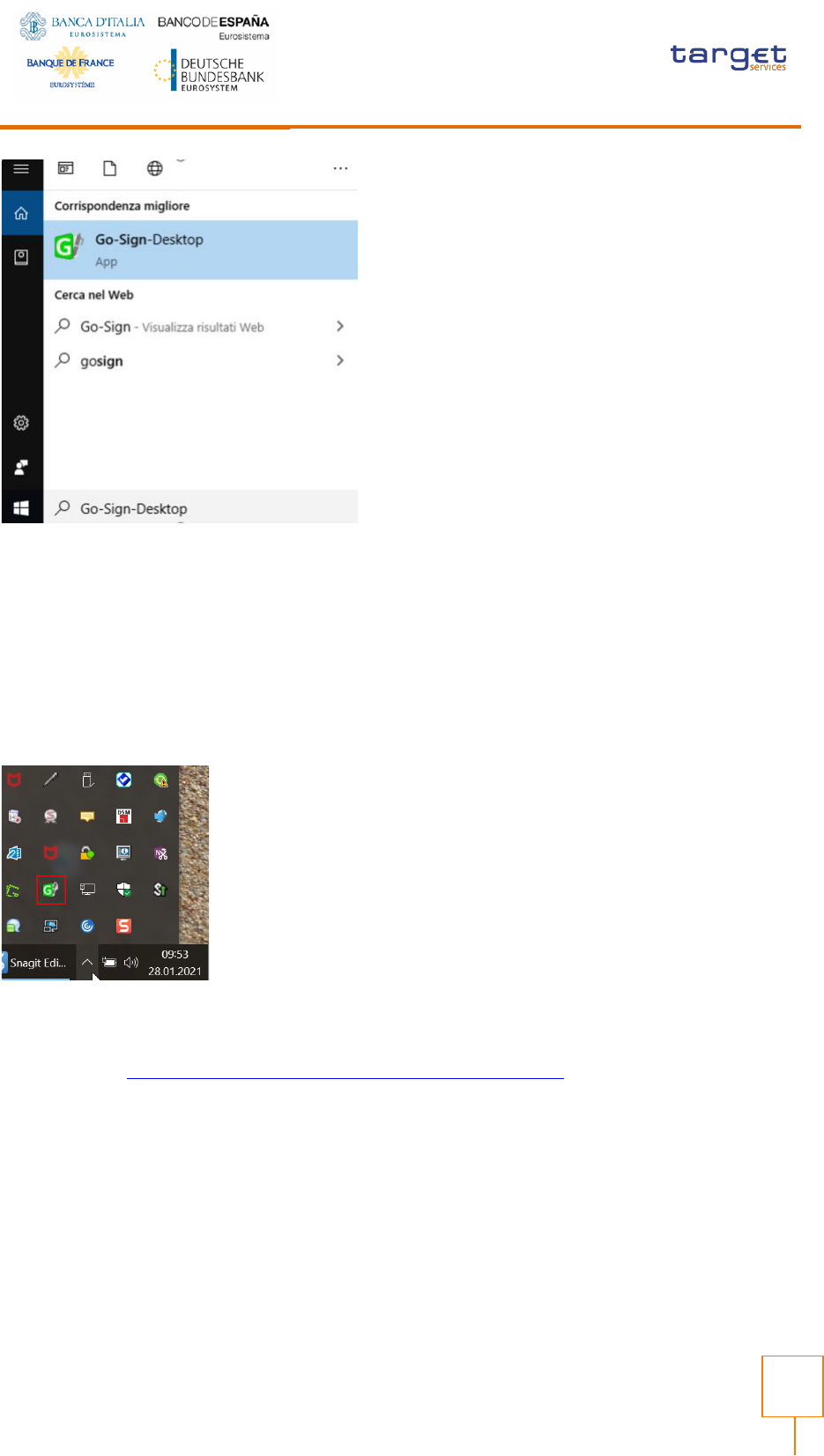
ESMIG U2A Qualified
Configurations
9
If the icon is not found, this can be probably linked to problems occurred during the installation. The
local IT support needs to be involved in this case.
Verifying Go>Sign application running
Ensure that the Go>Sign icon is featured in the system tray.
In addition, it is requested to verify that Go>Sign is running properly, by accessing the URL
https://client.go-sign-desktop.com:8782/gosign-desktop
The screenshot below is the expected result with Mozilla Firefox:
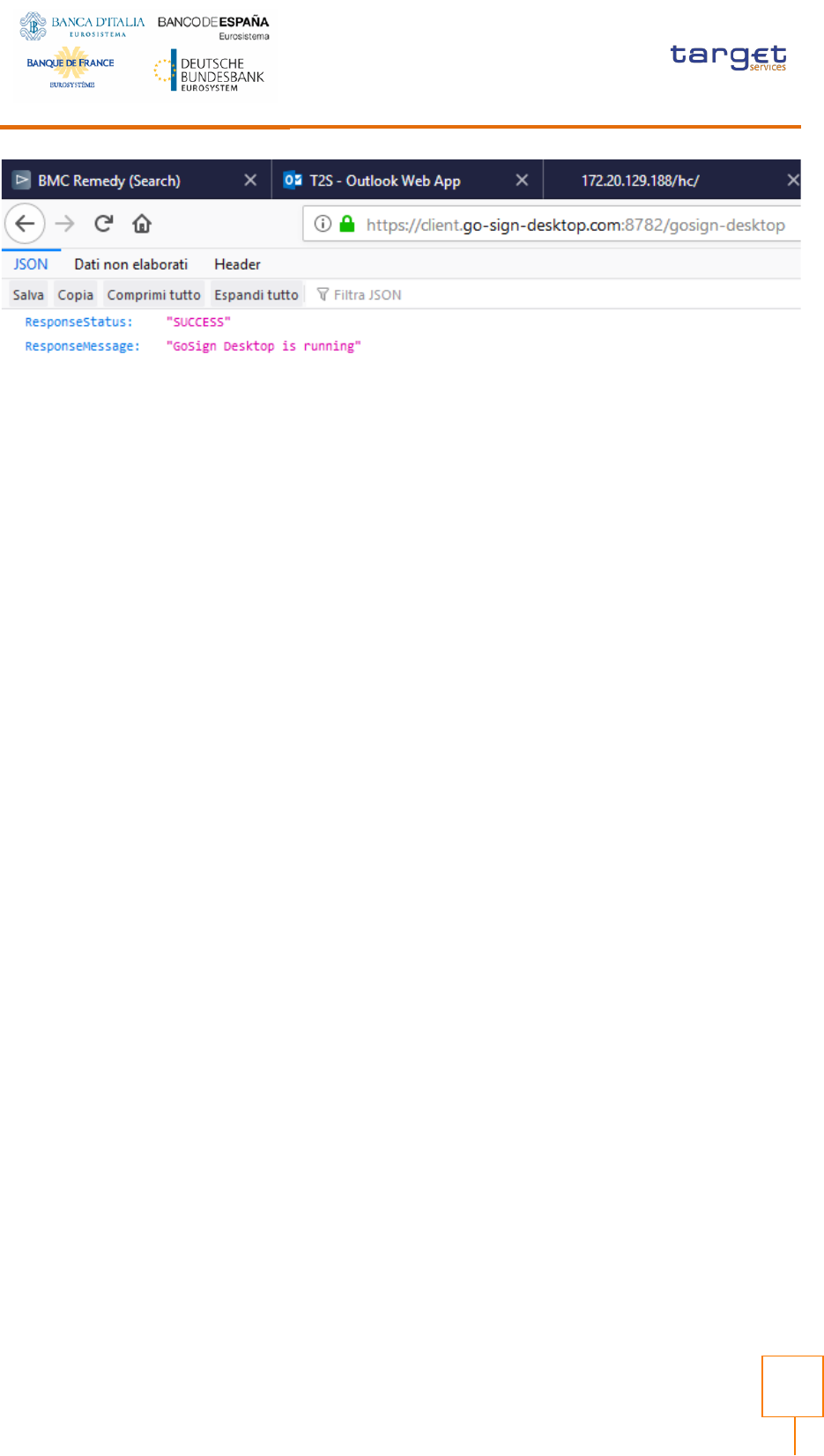
ESMIG U2A Qualified
Configurations
10
1.4. Troubleshooting information - Logging information
ADSS Go>Sign Desktop application has two log levels. First informational, which is for normal use, and
second, debug, which should only be used when investigating performance issues, functionality
problems, etc. For Windows OS and go>sign client configuration, users can view ADSS Go>Sign Desktop
application logs at:
C:\Users\[User_Name]\AppData\Roaming\Ascertia\Go-Sign-Desktop\logs\
and should send the send the “GoSignDesktopLog.txt” when opening the incident to 4CB Service Desk.
Changing logging level
By default, ADSS Go>Sign Desktop logging level is set to INFO. To enable detailed debug logging, follow
these instructions:
1. Go to ADSS Go>Sign Desktop installation path C:\Program Files\Ascertia\Go-Sign-
Desktop\app\conf\
2. Edit the gosign_desktop.properties file using a suitable text editor.
3. Change the value of the property GOSIGN_DESKTOP_LOG_LEVEL from INFO to DEBUG and
save the file.
4. Stop ADSS Go>Sign Desktop application right click ADSS Go>Sign Desktop application
icon and select the option Quit.
5. Start ADSS Go>Sign Desktop application Start Menu
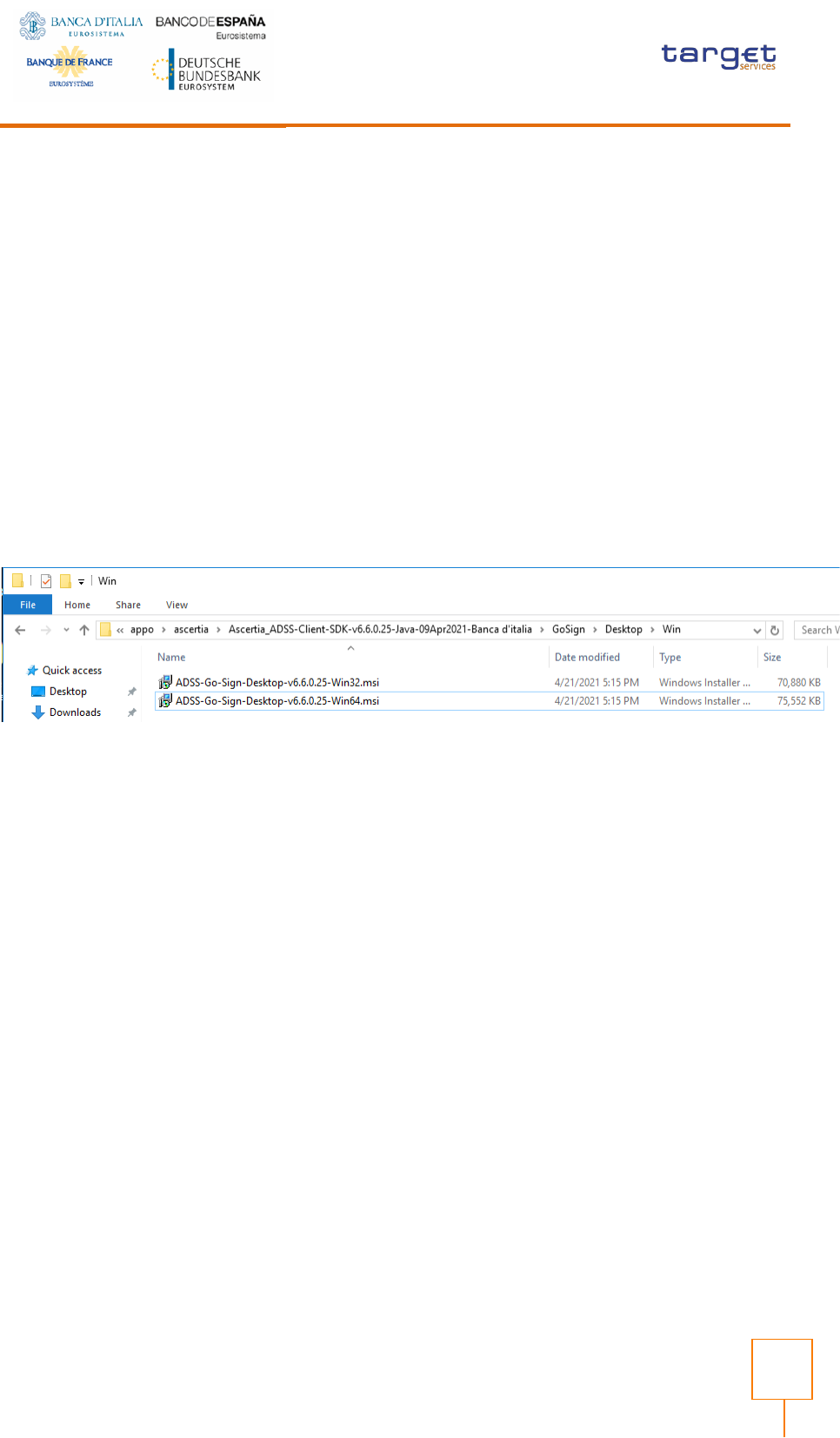
ESMIG U2A Qualified
Configurations
11
2 ANNEX
GoSign Desktop (GSD) Client – Terminal server Installation Guide
Installation steps are reported in the following paragraph; they may subject to further changes /
improvements in order to simplify the overall process.
Setup GSD single user client
Open Command prompt as Administrator
Execute command: chgusr /install
then run ADSS-Go-Sign-Desktop-v.6.6.0.xx-win64.msi installation package (currently
distributed 6.6.0.14 can be used)
Click Next and accept End User License Agreement
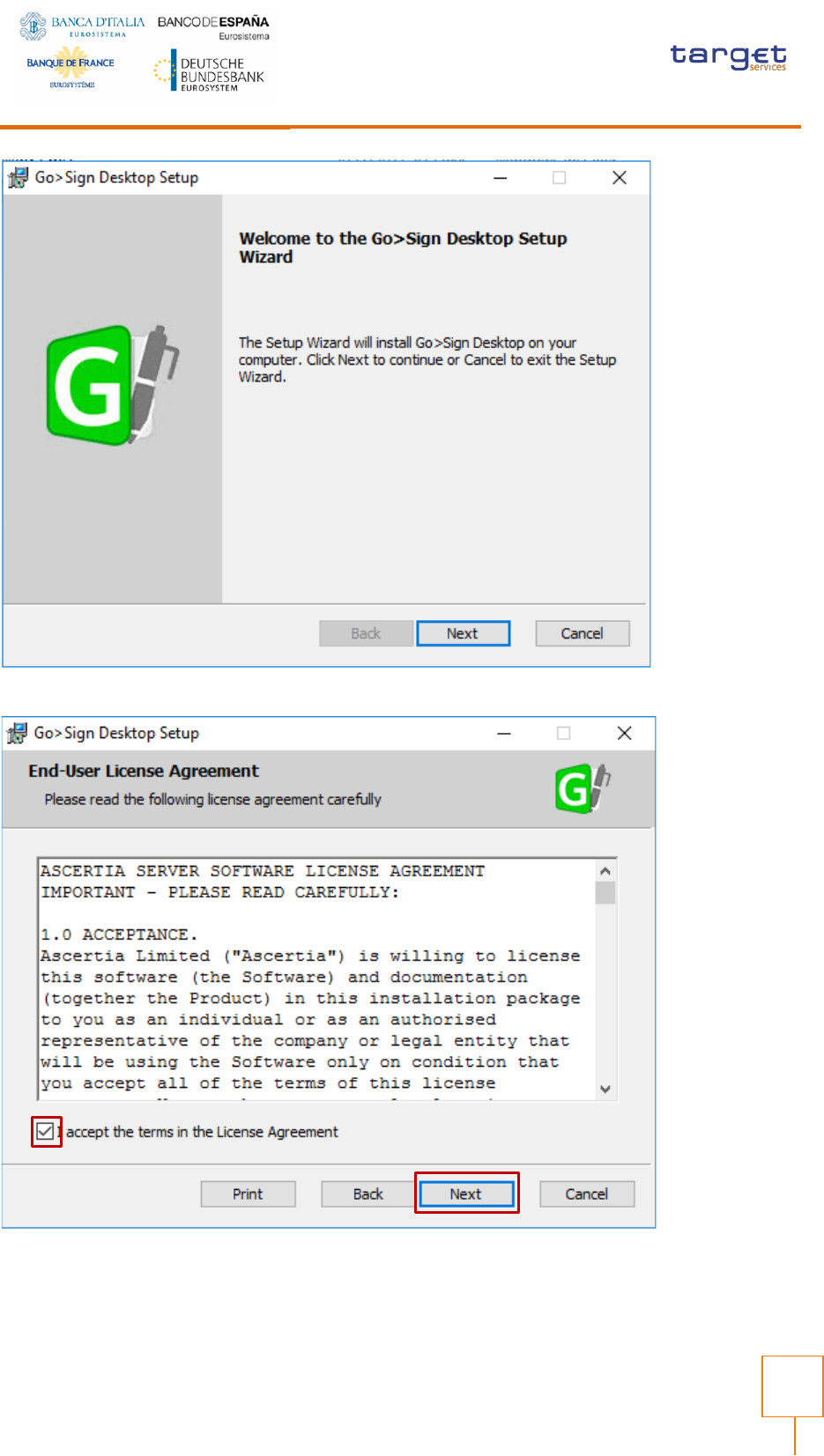
ESMIG U2A Qualified
Configurations
12
Accept to install certificate:
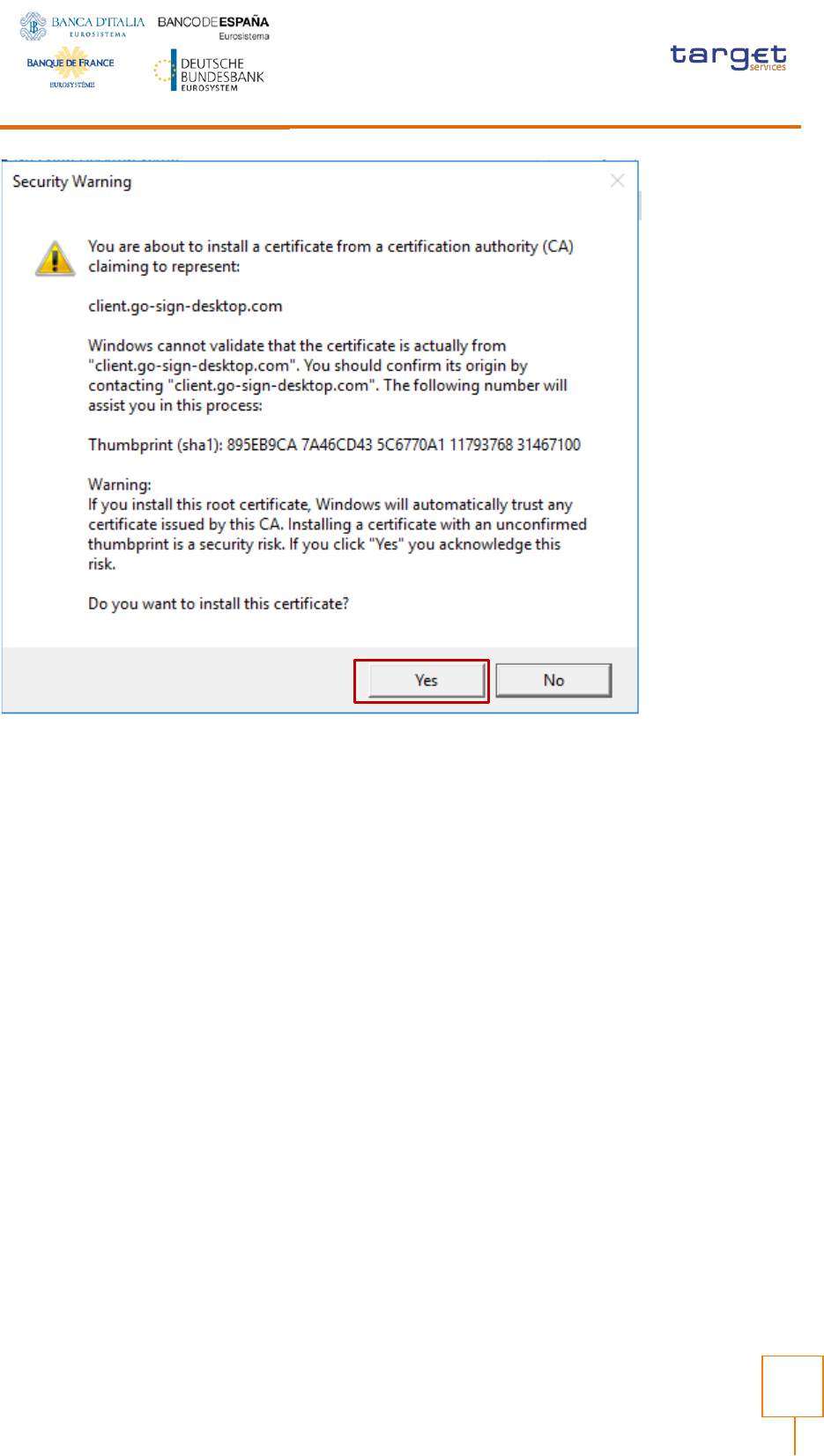
ESMIG U2A Qualified
Configurations
13
Select Finish:
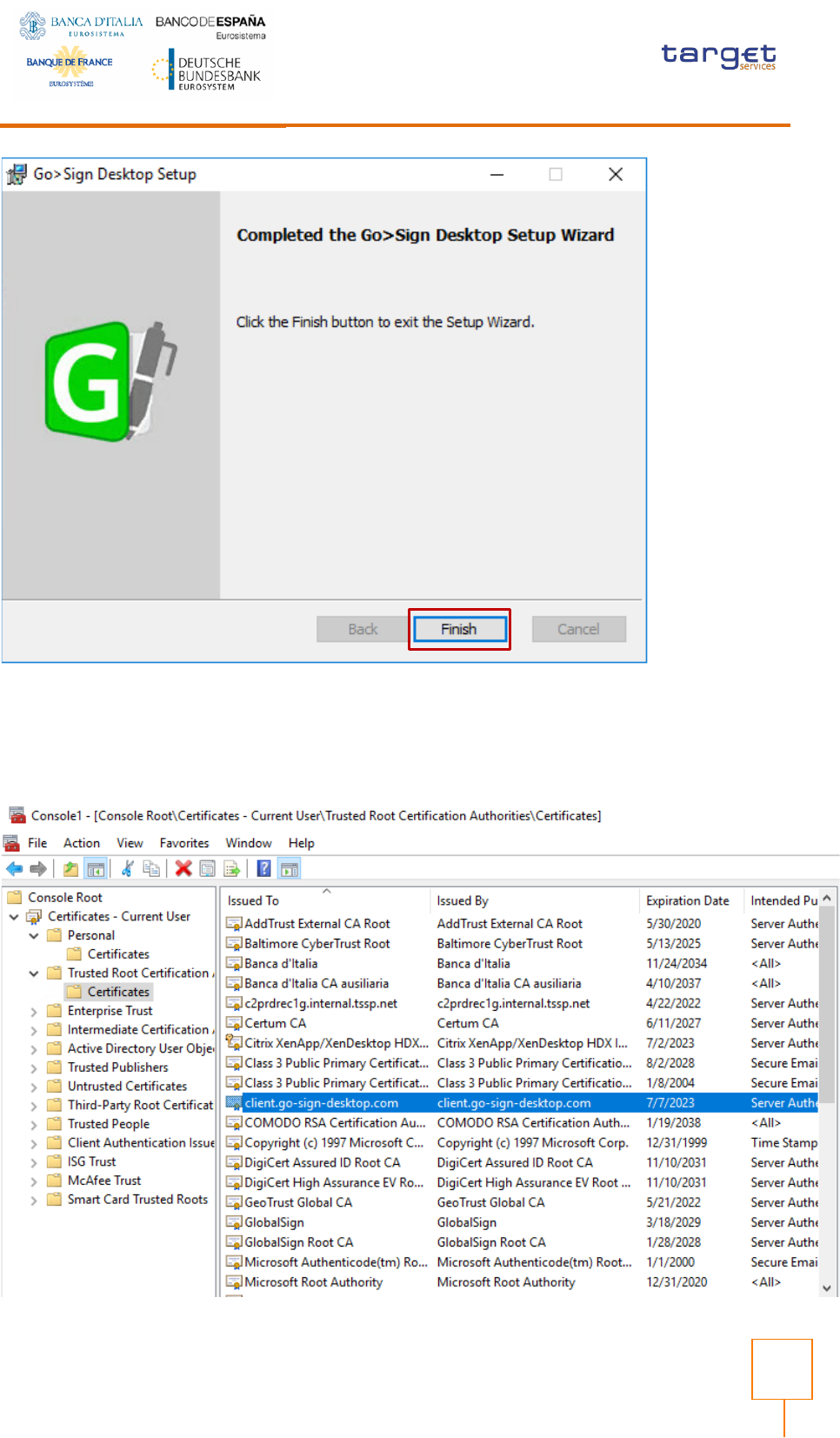
ESMIG U2A Qualified
Configurations
14
Check that certificate client.go-sign-desktop.com is imported in User Certificate store by running
certmgr.msc
tool:
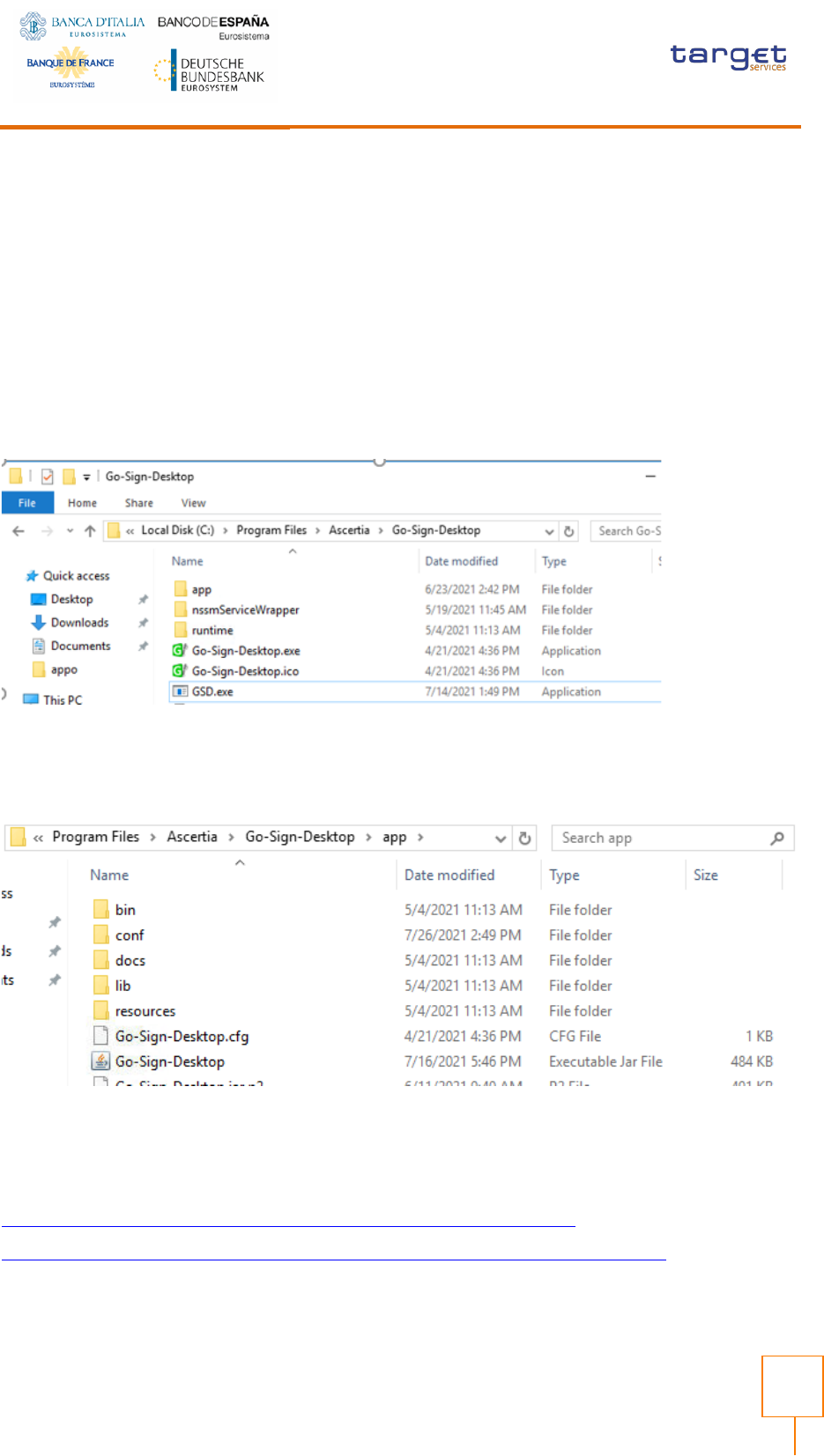
ESMIG U2A Qualified
Configurations
15
Copy GSD executable into GSD client installation path
Please note that the following operations need administrative rights.
Download and copy;
- the GSD exe file into GSD installation directory (e.g. C:/Program Files/Ascertia/Go-Sign-Desktop)
- the Go-Sign-Desktop.jar file into <GSD_installation_directory>/app path
The updated code is available for download at the following URLs (directly from the browser):
EAC
https://esmig-eac-portal.u2a.sianet.sia.eu/gosign/download/gsdmu_client
https://esmig-eac-portal.emip.swiftnet.sipn.swift.com/gosign/download/gsdmu_client
UTEST
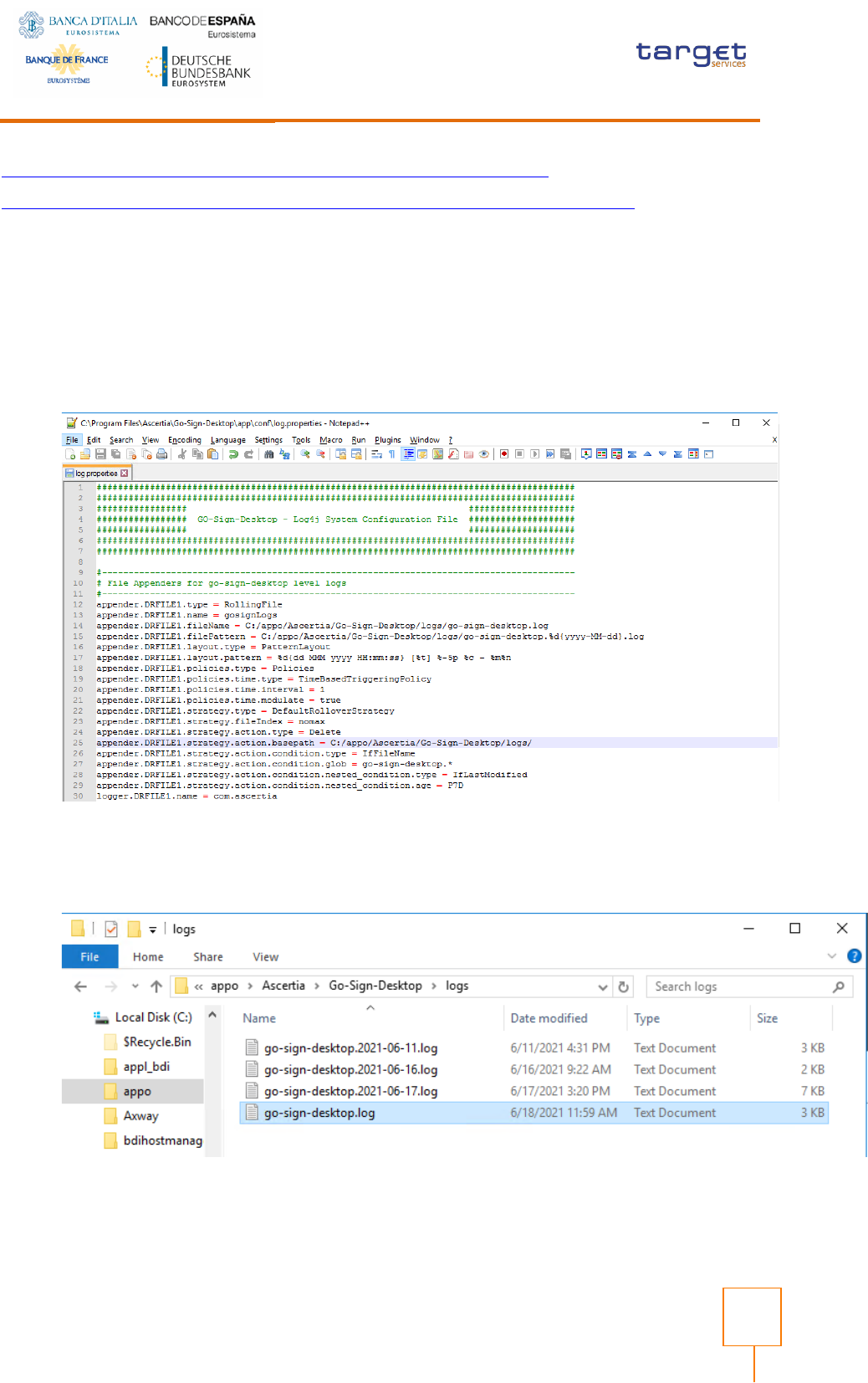
ESMIG U2A Qualified
Configurations
16
https://esmig-cert-portal.u2a.sianet.sia.eu/gosign/download/gsdmu_client
https://esmig-cert-portal.emip.swiftnet.sipn.swift.com/gosign/download/gsdmu_client
Update Log folder path
Log files are stored by default in user/%appdata% folder.
To change log file configuration modify the file “C:\Program Files\Ascertia\Go-Sign-
Desktop\app\conf\log.properties” specifying the location where you want to store logs
Check the log file are in the right folder after starting GSD; logs will be collected in this log file/folder,
for the moment.
Configure Go-sign-desktop as Windows Service
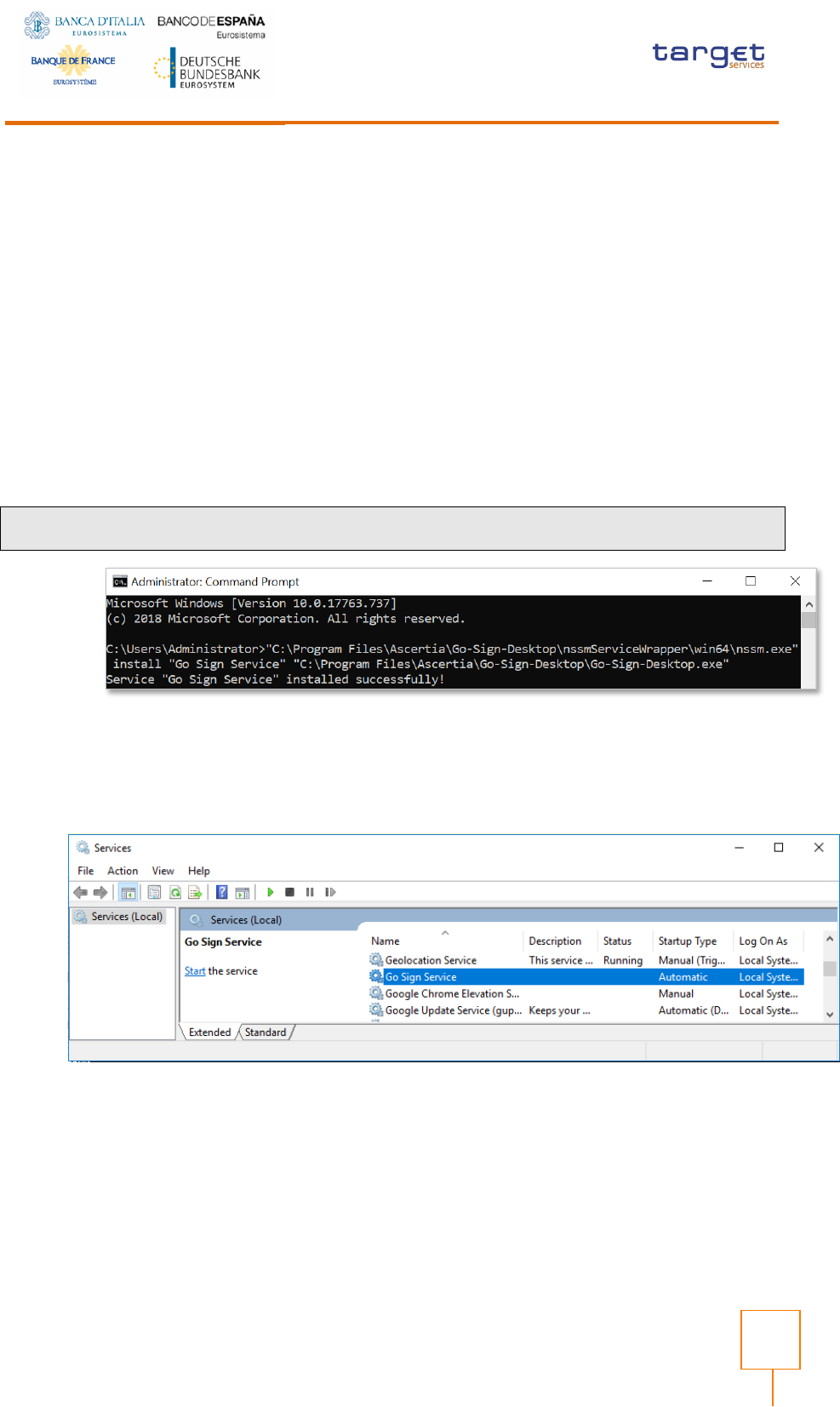
ESMIG U2A Qualified
Configurations
17
Current implementation foresees to have Go>Sign Desktop running as a Windows Service via a
Service Wrapper which wraps the Go>Sign Desktop executable binary into a Windows Service via the
NSSM opens source software available at https://nssm.cc/.
To configure service:
1) Extract archive content “nssmServiceWrapper.zip” to the C:\Program
Files\Ascertia\Go-Sign-Desktop\ nssmServiceWrapper
2) Run Command Prompt with Administrator permissions and enter the following line
with respect to the real location of Go>Sign Desktop:
“C:\Program Files\Ascertia\Go-Sirgn-Desktop\nssmServiceWrapper\win64\nssm.exe" install "Go Sign
Service" "C:\Program Files\Ascertia\Go-Sign-Desktop\Go-Sign-Desktop.exe"
3) Open Services.msc and locate the Go Sign Service just installed:
Right-click Go Sign Service and choose Properties.
Ensure “Startup type” is set to Automatic.
Open the Log On tab and change “Log on as” to this account, then specify the
account NETWORK SERVICE and leave the password blank
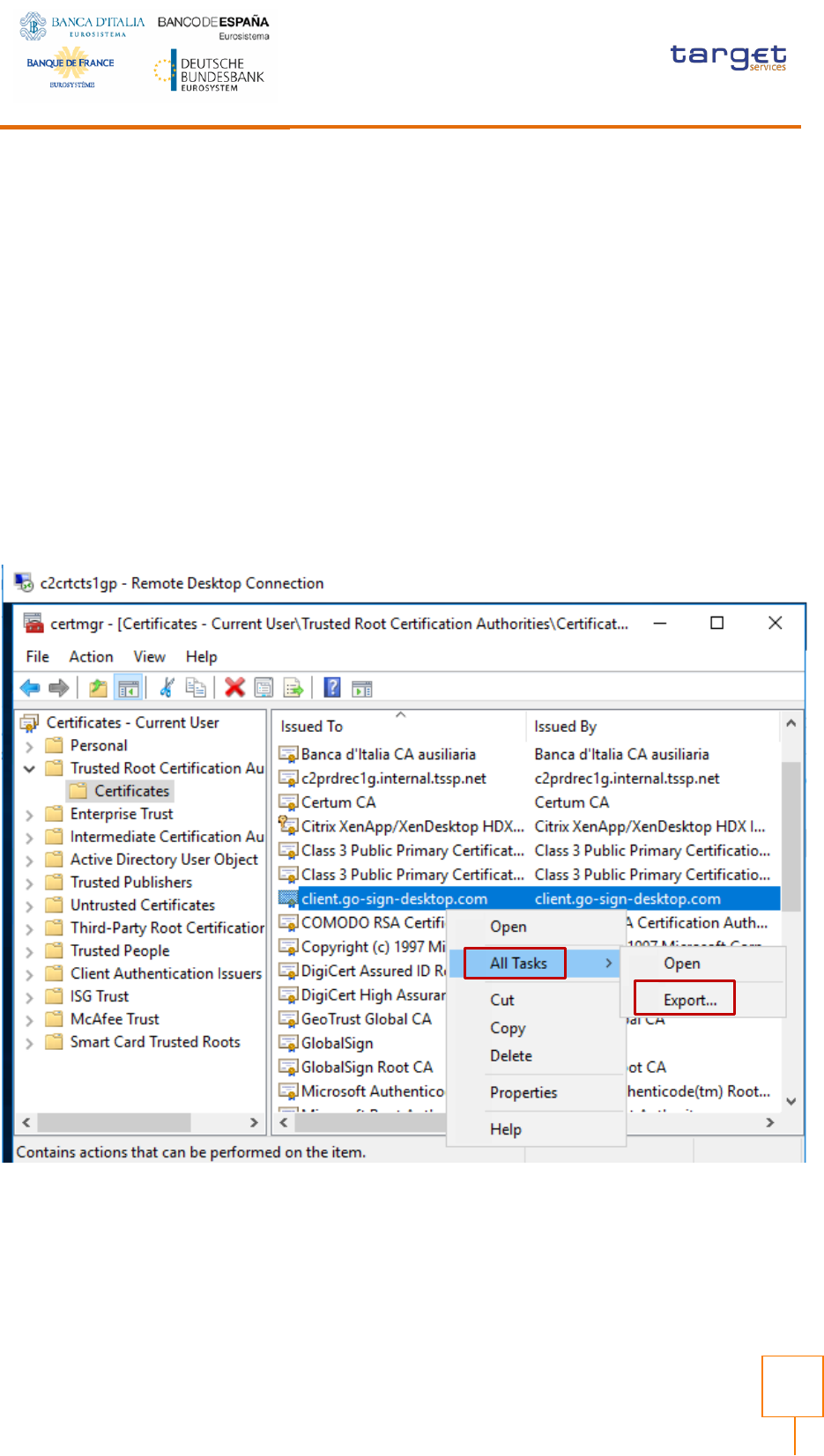
ESMIG U2A Qualified
Configurations
18
Import client.gosign certificate into Network Service user keystore
Run
certmgr.msc
tool and import directly the client certificate exported from the Current User
Store.
Alternatively, GSD.exe file should be started from a “Network Service” user environment
command prompt in order to start the client.gosign certificate (e.g. psexec tool can be used
for such scope).
Connect client.gosign into GSD java keystore
Export new client.gosign-desktop certificate from the user store in DER format (certmgr.msc
tool):
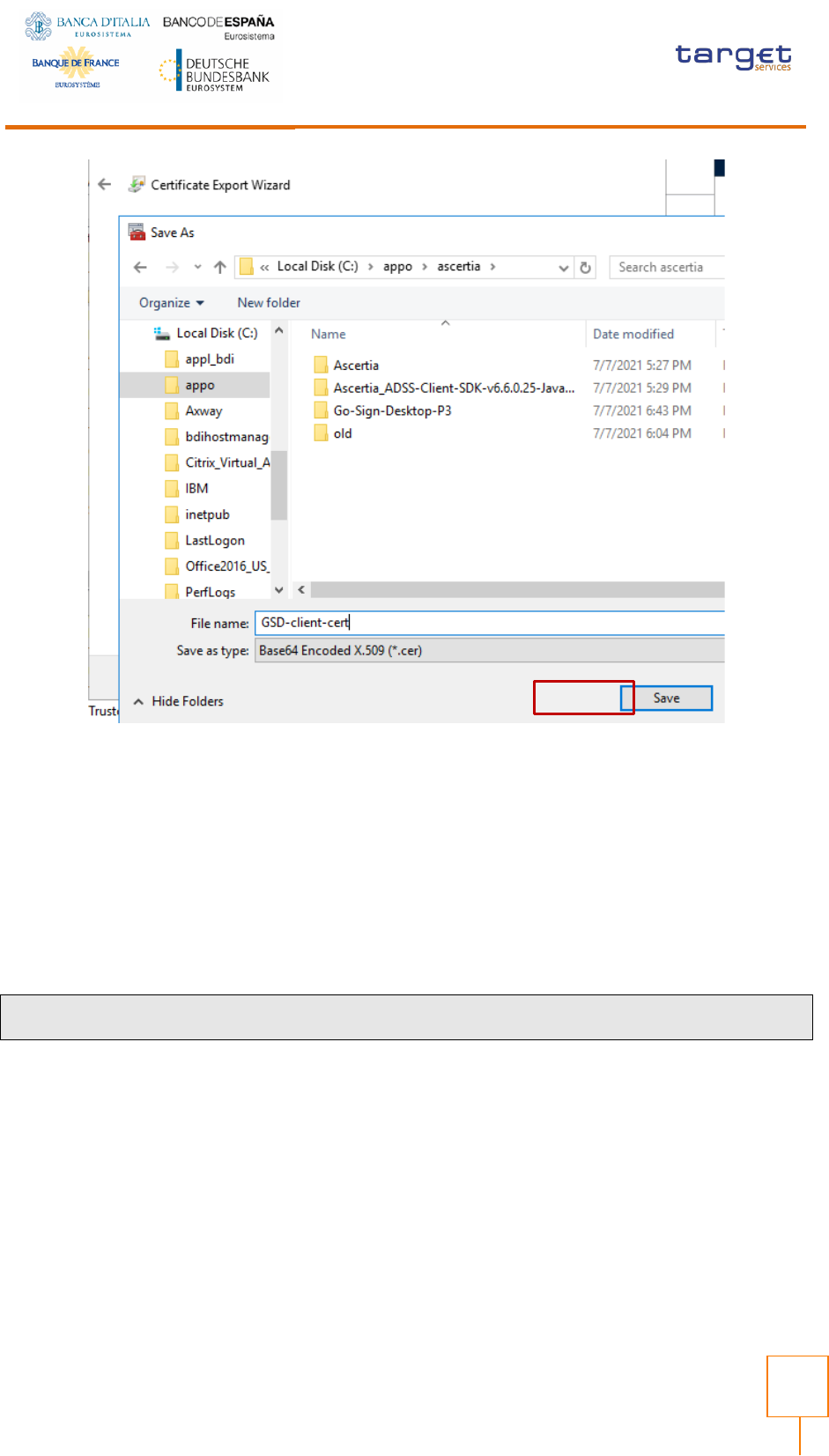
ESMIG U2A Qualified
Configurations
19
Update ‘cacerts’ file located in ‘C:\Program Files\Ascertia\Go-Sign-
Desktop\runtime\jre\lib\security’ with the certificate Go>Sign Desktop app trusted when it ran
for the first time. The following keytool command to be used:
keytool -import -alias gosign -file exported-cert-der.cer -keystore "C:\Program Files\Ascertia\Go-Sign-
Desktop\runtime\jre\lib\security\cacert"
Copy C:\Program Files\Ascertia\Go-Sign-Desktop\runtime\jre\lib\security\cacert from the first
server to the other terminal servers (if present).
Publish applications GSD.exe and Chrome in Citrix Farm
Publishing GSD from Citrix Studio
From Citrix Studio console Add a new Application, assign Delivery Group and “add an
application manually” as described:
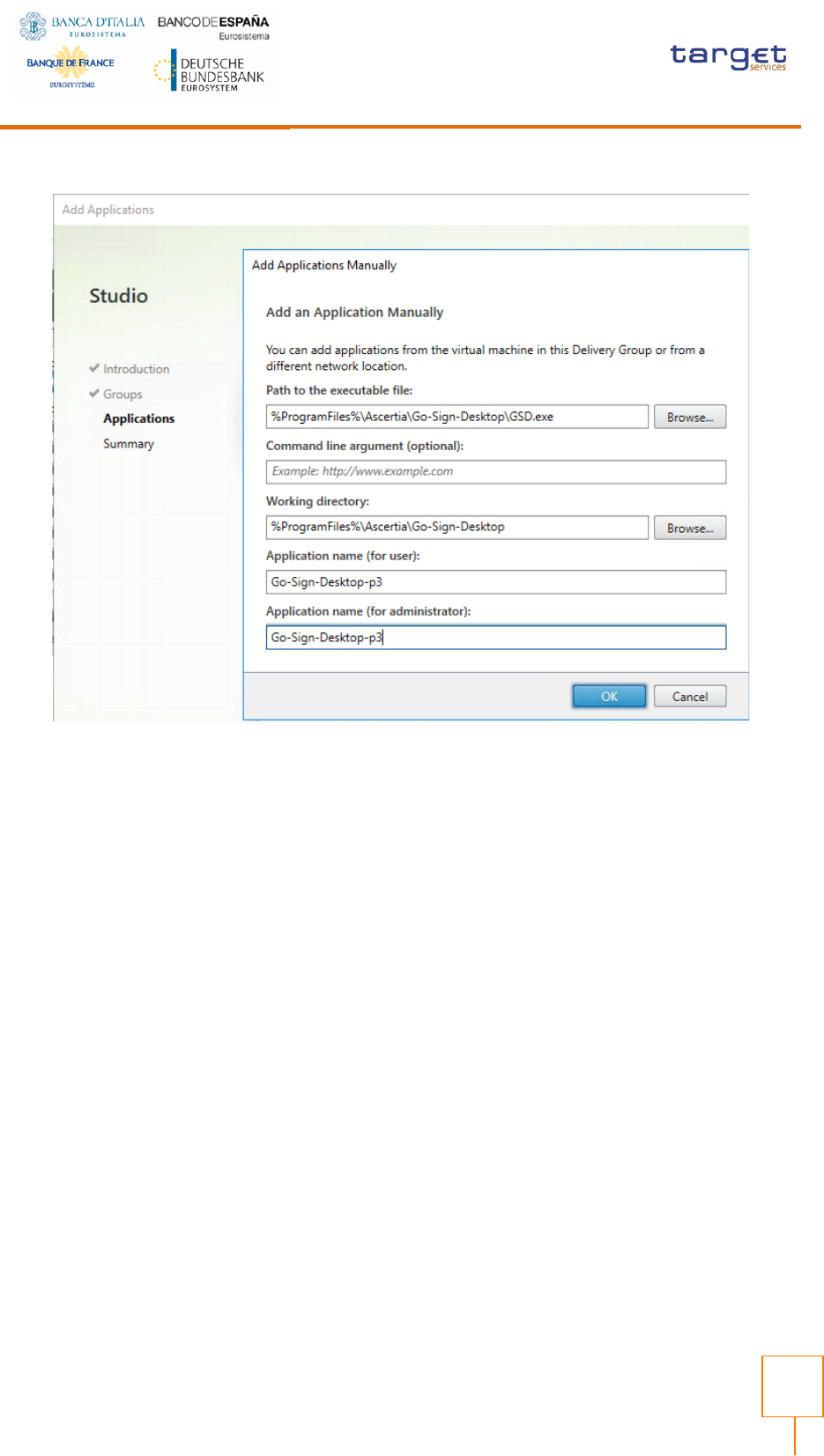
ESMIG U2A Qualified
Configurations
20
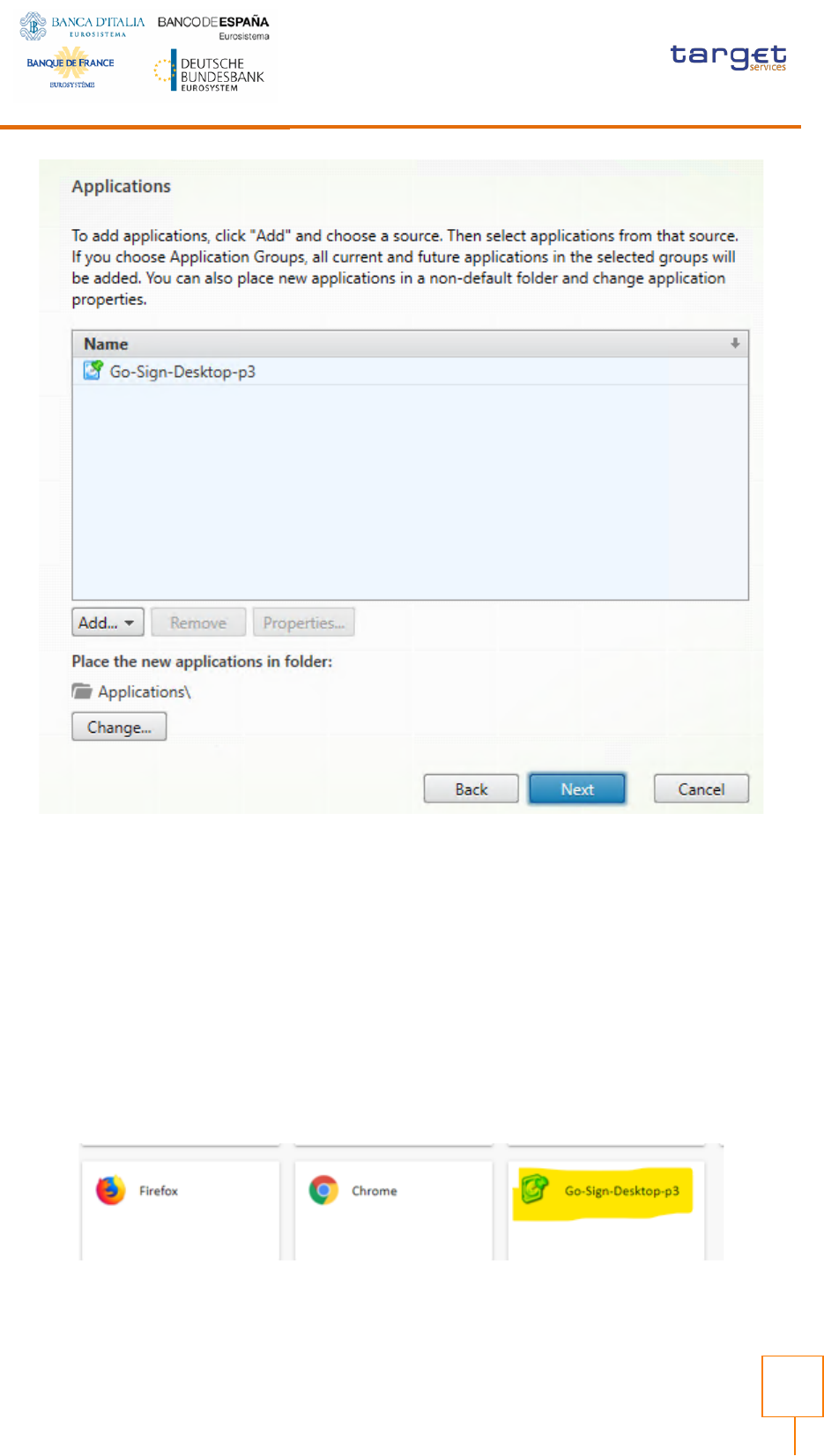
ESMIG U2A Qualified
Configurations
21
To be repeated for all the relevant users.
User preliminary actions
From Citrix Studio console Add a new Application, assign Delivery Group and “add an
application manually” as described Before using GSD each user must launch one time GSD
application on Citrix Portal in order to add in user profile the right registry keys and save the
user configuration.
Then open Chrome.
